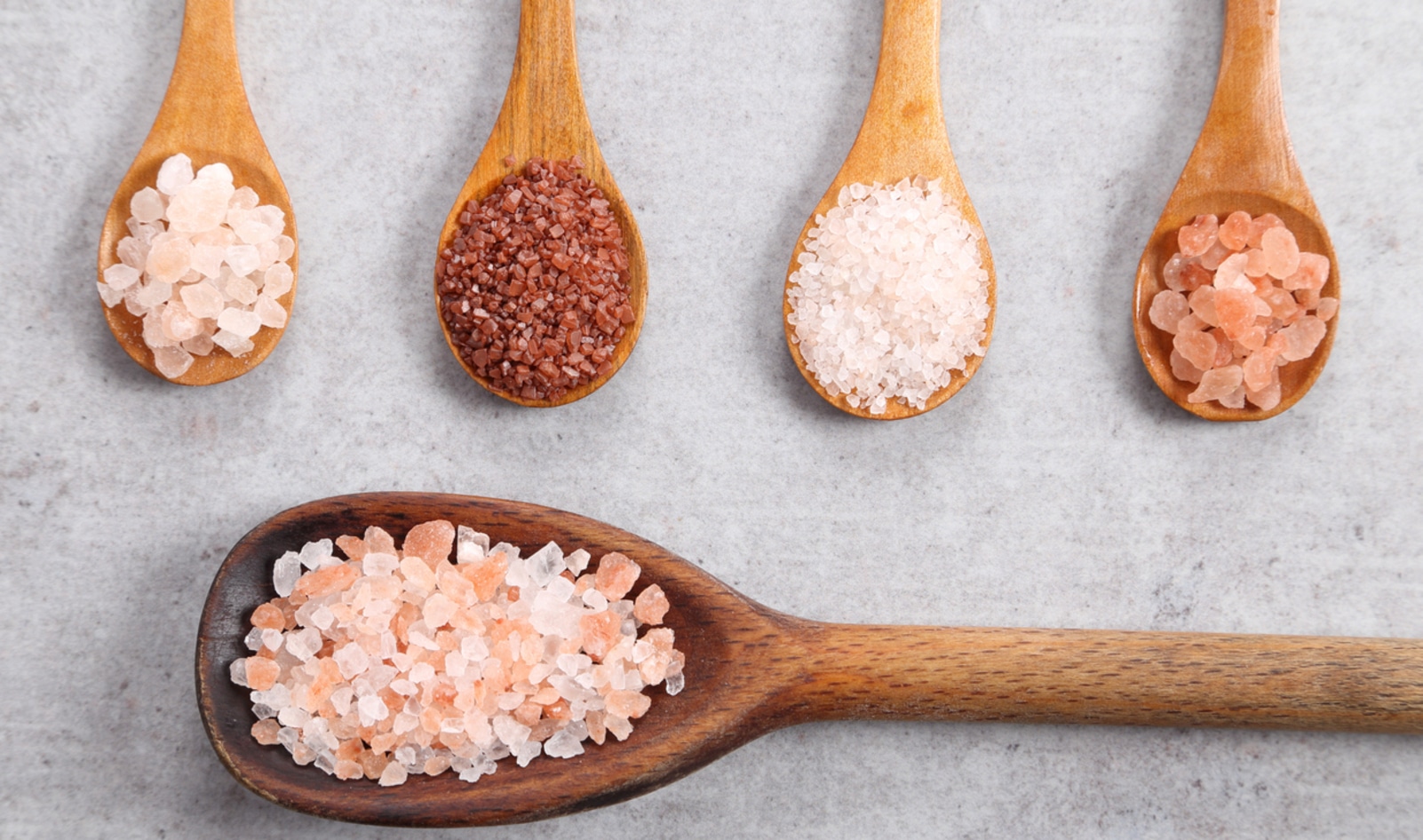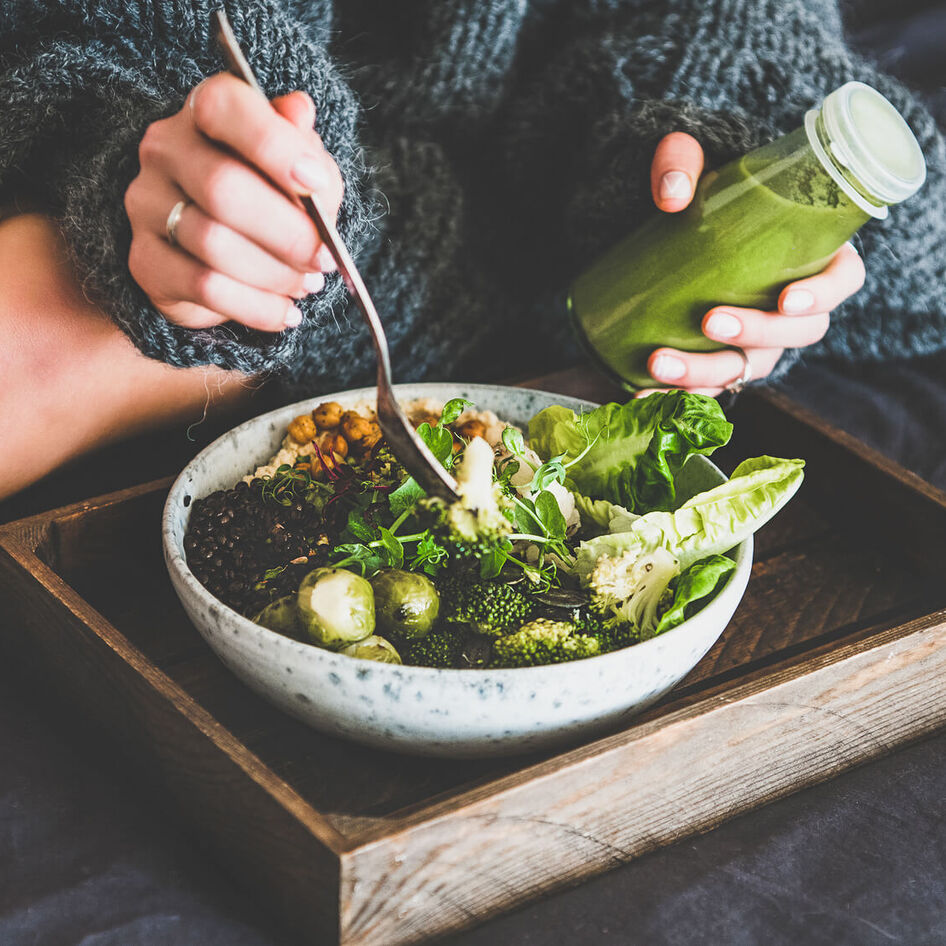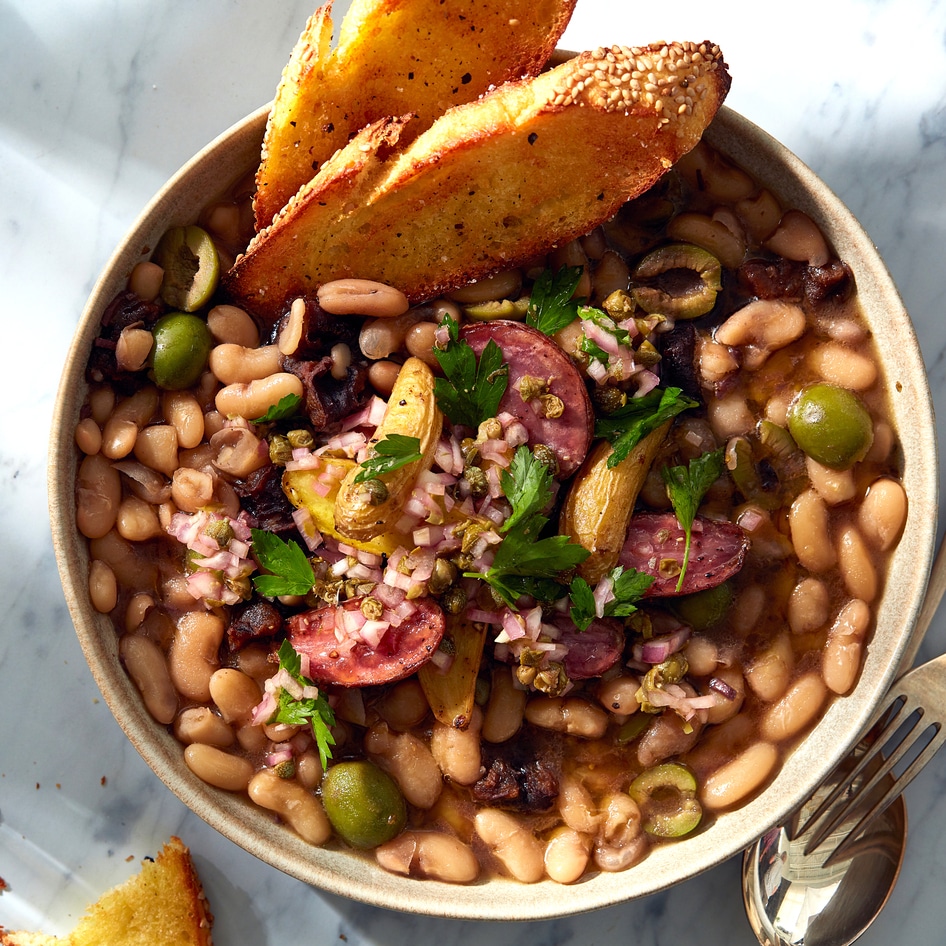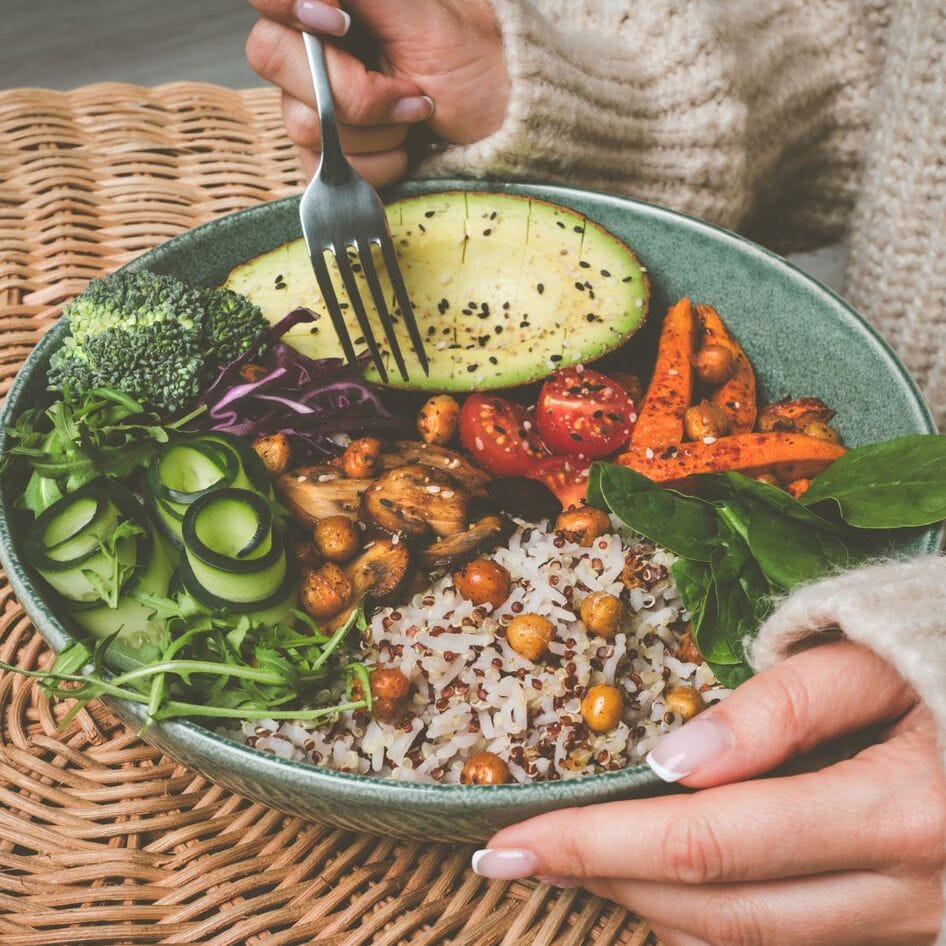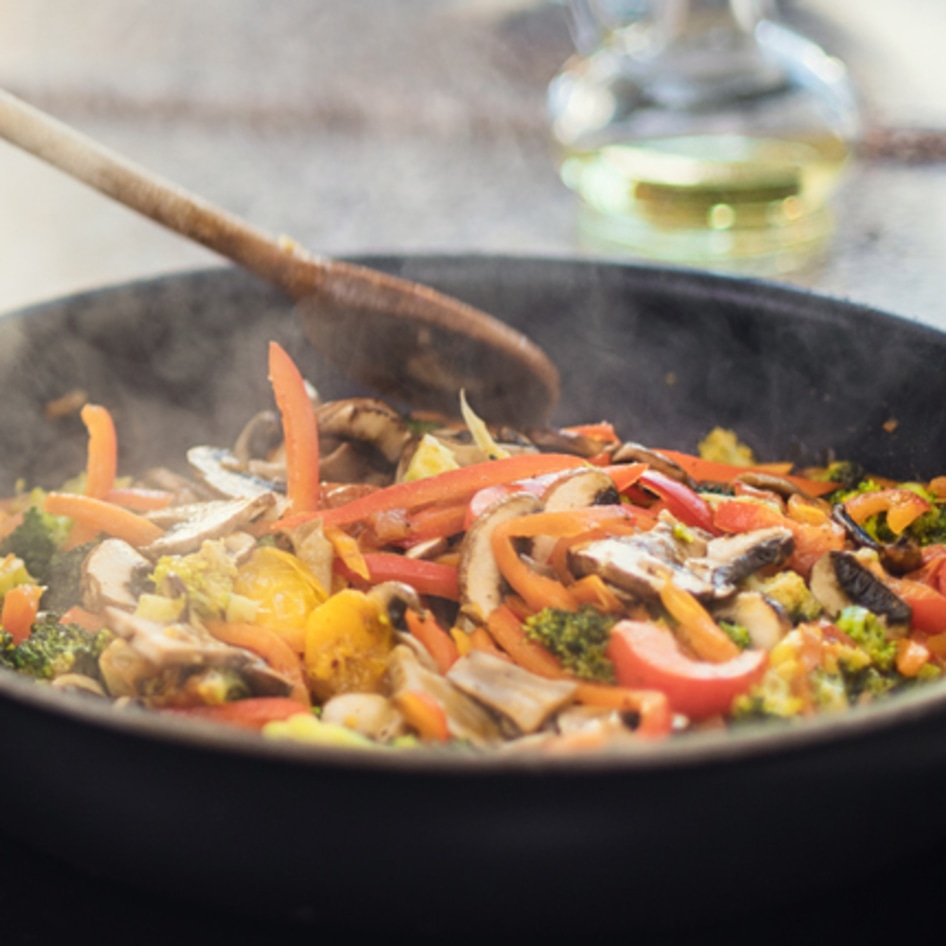Salt is one of the most ancient elements of the human diet. For centuries, it has been used across civilizations for a variety of reasons, but food preservation was particularly key. Our ancestors were also keen on the flavor that salt gave to meat and vegetables, and in that sense, not much has changed.
Most of us love salt so much, we eat way too much of it. According to the Food and Drug Administration (FDA), on average, Americans eat around 3,400 milligrams of sodium (one of the minerals that make up salt) per day, which is about 1100 milligrams over the recommended amount. This is a problem, because, in excess, too much sodium can be harmful to health.
But before you purge salt from your diet, it’s also important to note that in moderation, salt can be beneficial, and it can help you seriously elevate your vegan cooking, too. Here’s what you need to know about some of the many different types of salt there are out there to experiment with. But first, let’s dive into the health side of things.
Is salt always unhealthy?
Salt is made up of two minerals: sodium and chloride. And, in the right amounts, they’re good for us, explains Ana Reisdorf, MS, RD, of The Food Trends platform.
“Sodium gets a lot of attention, but both minerals have functions in the diet, primarily as electrolytes that help us stay hydrated,” she notes. “Sodium helps maintain fluid balance in and outside the cells, working together with potassium. It also plays a role in nerve and muscle function. Chloride is used to make hydrochloric acid in the stomach, which is essential for digestion.”
When people consume salt to excess, however, this can be associated with high blood pressure, says Reisdorf, which can increase the risk of cardiovascular disease, which is the leading cause of death around the world. “High sodium levels can also contribute to other health issues such as kidney stones, osteoporosis, and stomach cancer,” she explains. “Additionally, it can lead to water retention, causing bloating and swelling.”
This is why paying attention to how much salt you’re consuming is important. While the FDA’s recommended daily allowance is around 2,300 milligrams (that’s about one teaspoon), Reisdorf notes that the American Heart Association advises reducing this intake even further, to around 1,500 milligrams per day.
One way to reduce sodium intake is to swap to a plant-based diet. While vegan meat alternatives can sometimes be higher in salt, plant-based, whole foods, like whole grains, vegetables, leafy greens, legumes, fruits, and nuts, are widely considered to be heart-healthy foods. Earlier this year, for example, researchers analyzed 20 clinical trials and noted that a plant-based diet may help to reduce the risk of cardiovascular disease.
Different types of salt to level up your cooking
While it’s important to be careful around salt intake, a little bit can help to benefit your health and add depth of flavor to your food. There are many different types of salt, but here, we’ve listed some of the most popular choices, as well as the best recipes to try them with.
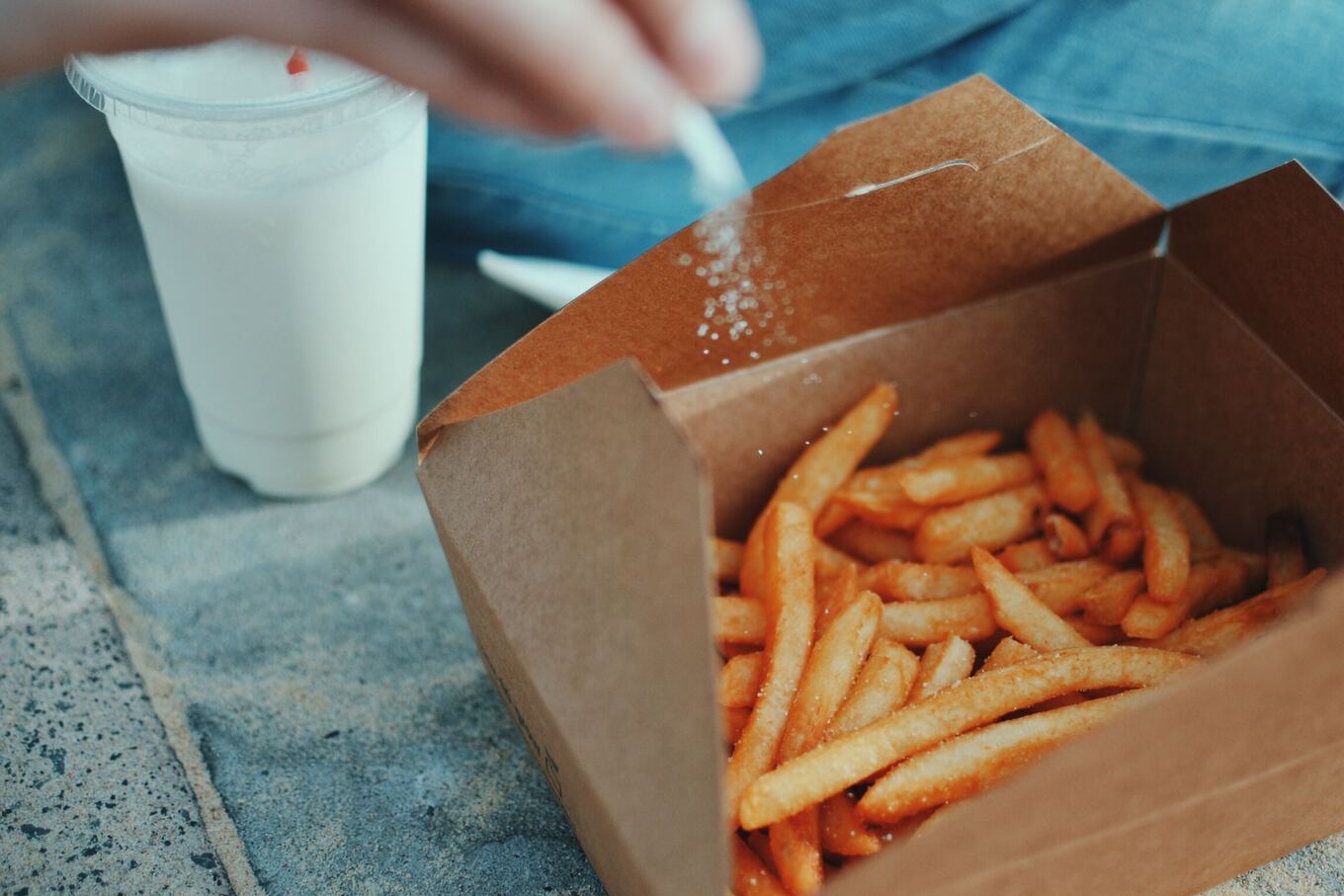 Pexels
Pexels
1 Table salt
This is your run-of-the-mill, everyday type of salt. The type you’d find on the table alongside the pepper shaker—hence why it’s called table salt. It’s granulated, and typically made by mining underground deposits. “Table Salt is typically 97 percent to 99 percent sodium chloride,” says Reisdorf. “It often contains added iodine and anti-caking agents, and may have fewer trace minerals compared to other forms.”
Try it with: most recipes!
2 Kosher salt
Kosher salt is a type of sea salt. It’s coarser than other types of salt (hence why you’ll sometimes see it labeled as coarse salt), and is particularly effective at drawing out the flavor of foods. It’s called Kosher salt because, traditionally, it is used in the Jewish method of Kosher meat.
Try it with: Beans Marbella With Salty Roasted Potatoes
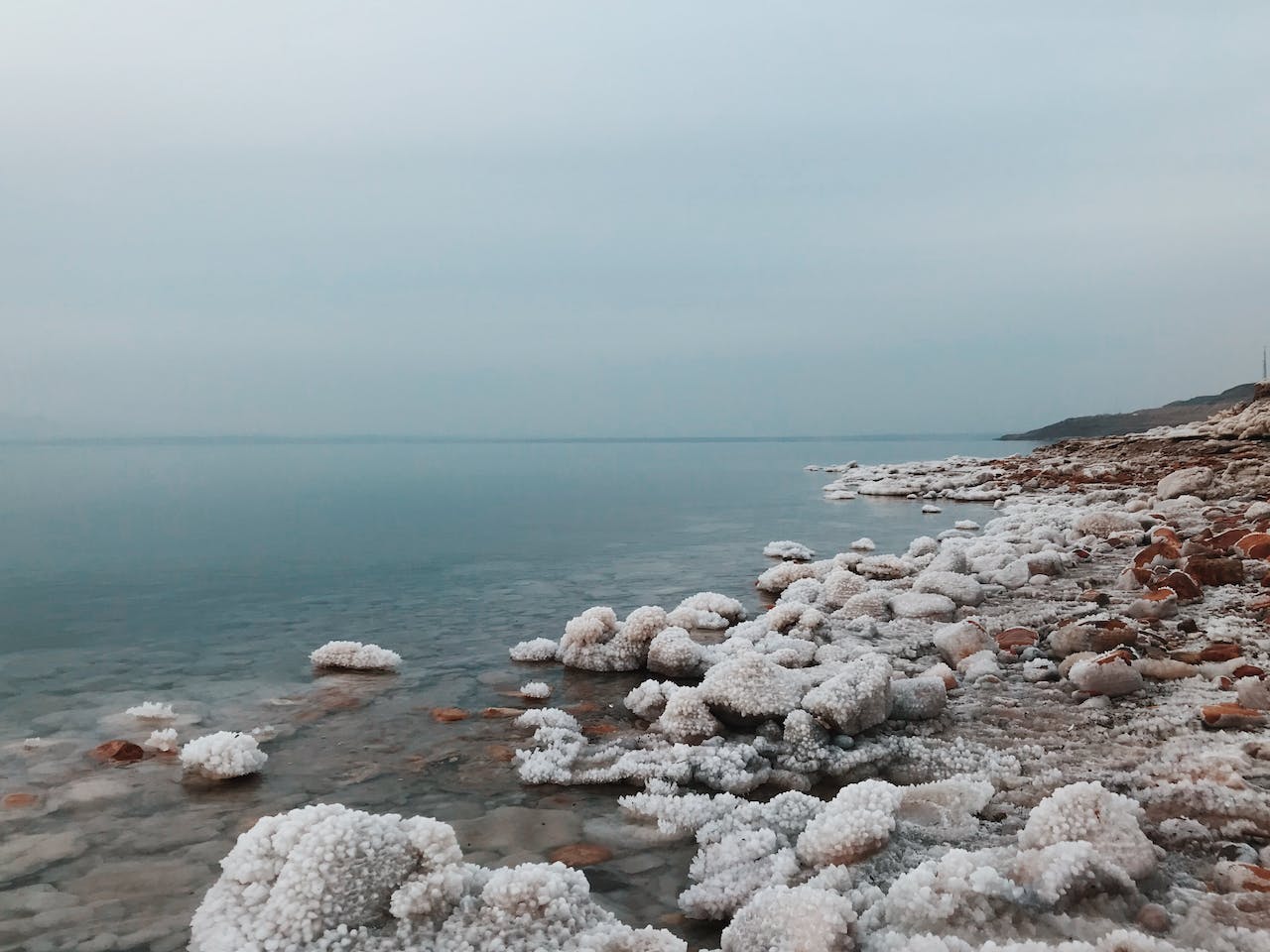 Pexels
Pexels
3 Sea salt
Sea salt, as you may have guessed, is salt taken from the sea. The water is evaporated, leaving the salt behind. For that reason, it is generally less processed than table salt and does retain some trace minerals. “It contains a similar sodium content to table salt,” says Reisdorf. “But may have trace amounts of other minerals like potassium, zinc, and iodine.”
Try it with: Avocado Nori Crostini
4 Fleur de sel
Fleur de sel is another type of sea salt. Intricately harvested off the coast of France, it’s delicate, with a unique briney flavor. For that reason, it’s considered a staple of luxury cooking and is both expensive and highly sought after.
Try it with: Ina Garten’s roasted vegetables
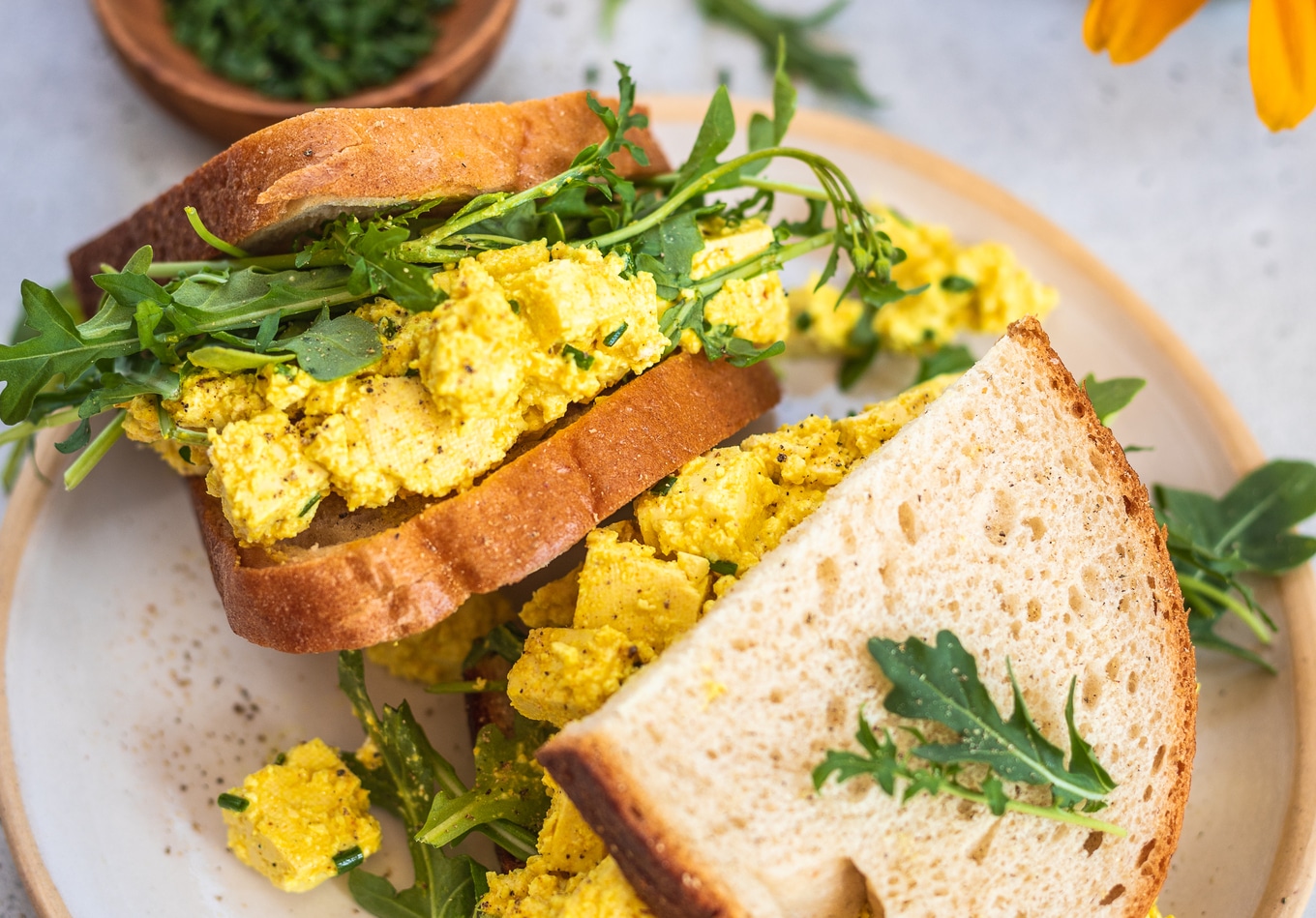 Hannah Sunderani
Hannah Sunderani
5 Kala namak
Kala namak, which is also known as black salt, comes from the salt mines of Himalayan countries, like India, Pakistan, and Nepal. It was first used in traditional Ayurvedic medicine, but it has become increasingly popular among Western vegans for its ability to mimic the taste and smell of eggs. “It is similar to the other types of salt but also contains small amounts of sulfur compounds, responsible for its smell,” says Reisdorf. “It may also have trace amounts of other minerals, depending on the source.”
Try it with: Tofu Egg Salad
6 Himalayan pink salt
Also from the Himalayan region, pink salt is (as you may have guessed) naturally pink in color. It is hand-extracted from Pakistan’s Khewra Salt Mine and likely contains more minerals than other types of salt. “It contains trace minerals like potassium, magnesium, and calcium, giving it its pink color,” says Reisdorf.
Try it with: Meaty Vegan Lentil Chili Con Chili
For more on vegan cooking, read:
JUMP TO ... Latest News | Recipes | Guides | Health | Shop
Here at VegNews, we live and breathe the vegan lifestyle, and only recommend products we feel make our lives amazing. Occasionally, articles may include shopping links where we might earn a small commission. In no way does this effect the editorial integrity of VegNews.

